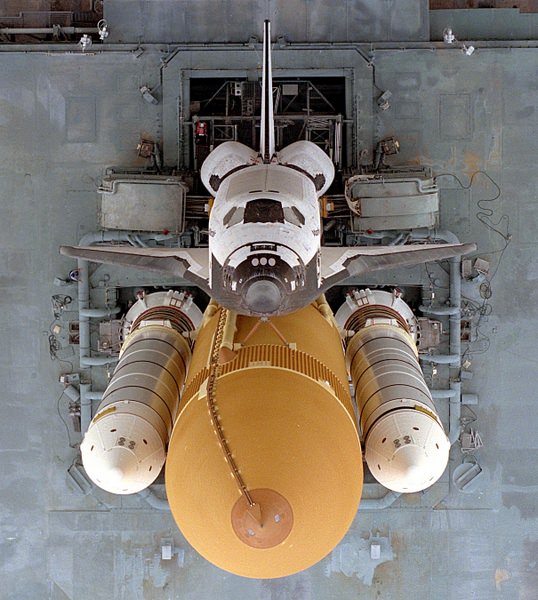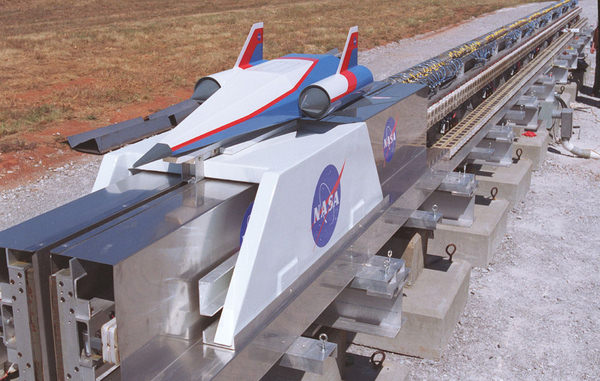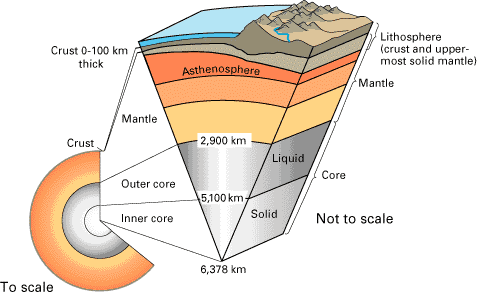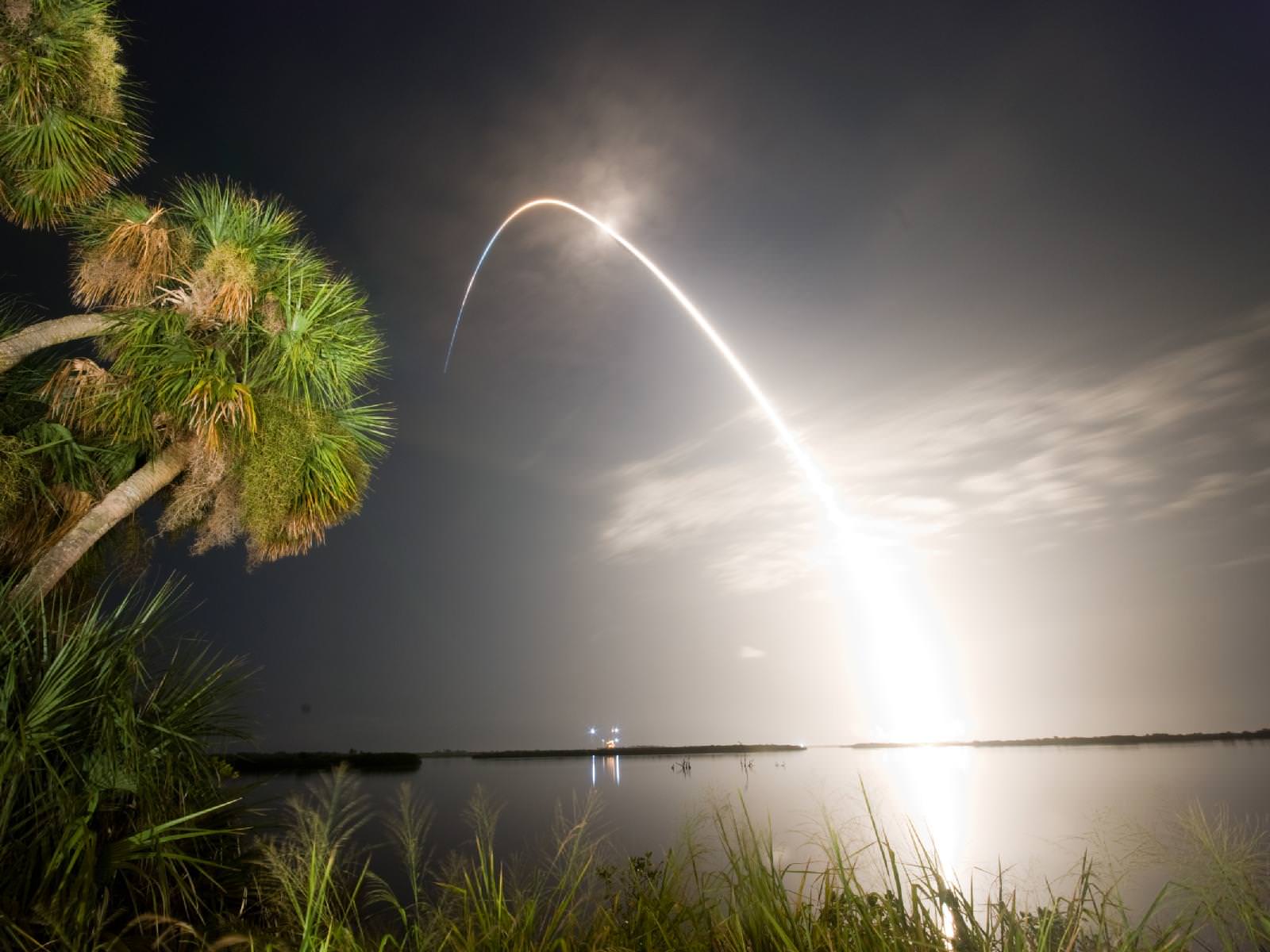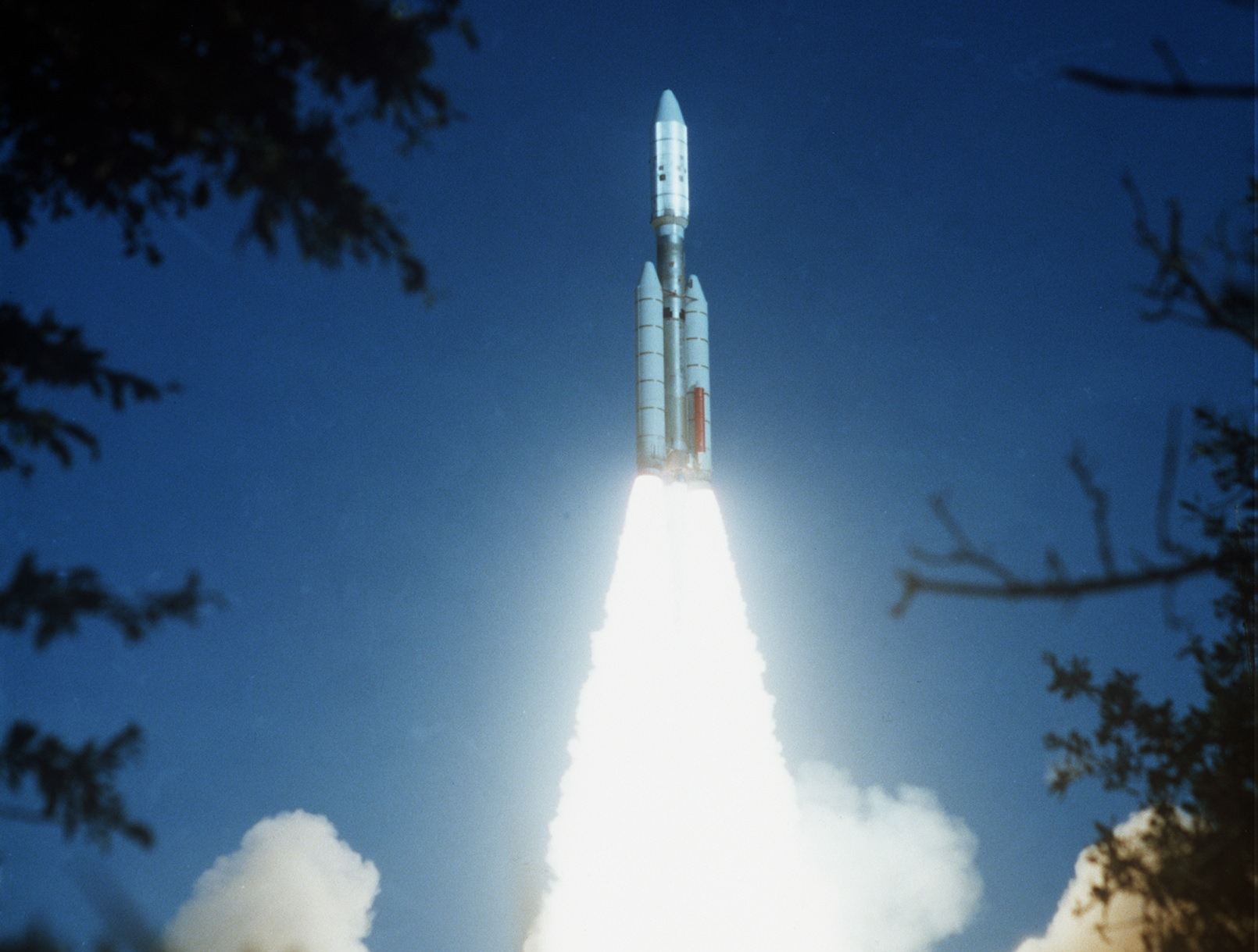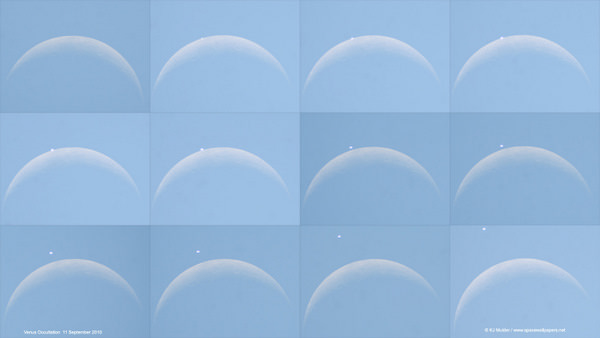The higher you are when you jump, the more it hurts when you hit the ground. That’s because the Earth’s gravity is constantly accelerating you towards its center. But there’s actually a maximum speed you reach, where the acceleration of the Earth’s gravity is balanced by the air resistance of the atmosphere. The maximum speed is called terminal velocity.
The terminal velocity speed changes depending on the weight of the object falling, its surface area and what it’s falling through. For example, a feather doesn’t weigh much and presents a very large surface area to the air as it falls. So its terminal velocity speed is much slower than a rock with the same weight. This is why an ant can fall off a tall building and land unharmed, while a similar fall would kill you. Keep in mind that this process happens in any gas or fluid. So terminal velocity defines the speed that a rock sinks when you drop it in the water.
So, let’s say you’re a skydiver jumping out of an airplane. What’s the fastest speed you’ll go? The terminal velocity of a skydiver in a free-fall position, where they’re falling with their belly towards the Earth is about 195 km/h (122 mph). But they can increase their speed tremendously by orienting their head towards the Earth – diving towards the ground. In this position, the skydiver’s velocity increases to more than 400 km/h.
The world skydiving speed record is held by Joseph Kittinger, who was able to fall at a speed of 988 km/h by orienting his body properly and jumping at high altitude, where there’s less wind resistance.
The gravity of the Earth pulls at you with a constant acceleration of 9.81 meters/second. Without any wind resistance, you’ll fall 9.81 meters/second faster every second. 9.81 meters/second the first second, 19.62 meters/ second in the next second, etc.
The opposing force of the atmosphere is called drag. And the amount of drag force increases approximately proportional to the square of the speed. So if you double your speed, you experience a squaring of the drag force. Since the drag force is going up much more quickly than the constant acceleration, you eventually reach a perfect balance between the force of gravity and the drag force of whatever you’re moving through.
Outside the Earth’s atmosphere, though, there’s no terminal velocity. You’ll just keep on accelerating until you smash into whatever’s pulling on you.
We have written many articles about the terminal velocity for Universe Today. Here’s an article featuring the definition of velocity, and here’s an article about the X-Prize Entrant completing the Drop Test
If you’d like more info on the Terminal Velocity, check out a Lecture on Terminal Velocity, and here’s a link to a NASA article entitled, The Way Things Fall.
We’ve also recorded an entire episode of Astronomy Cast all about Gravity. Listen here, Episode 102: Gravity.
Sources:
NASA
Wikipedia
GSU Hyperphysics


